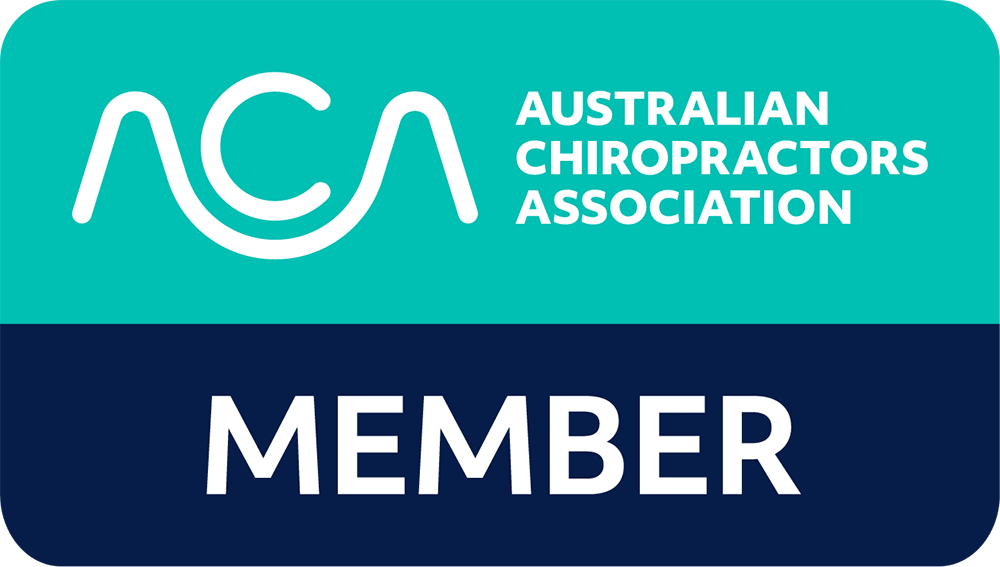
Does Crossfit lead to more injuries?
This time of year every one is keen to get back in to the gym or try something completely new and exciting. Is Crossfit bad for you? What do you think of cross-fit? These are two questions that pop up frequently when in clinic. I assume a lot of people would expect a physiotherapist or any health practitioner for that matter to say it’s terrible, dangerous and is likely to cause harm the moment you walk into the gym. Crossfit has unfairly developed a bit of a reputation for increased risk of injuries and that doesn’t help when some health care practitioners with little knowledge of Crossfit or strength and conditioning demonize it the way they do.
Context is key
The truth is, you can’t really say any sport; exercise or activity is bad as a general statement. It’s all about context. By absolute definition cross fit is not one way or style of training, it is multiple disciplines all rolled into one, delivered by (mostly) skilled coaches performing a variety of exercises and movements which can be scaled accordingly to anyone’s level or capabilities. Of course you can find the odd bad coach/trainer/gym etc but that goes for just about any activity, sport, PT, physiotherapist etc..
Benefits of Crossfit
Its no secret Crossfit has a history of being a bit like a cult and people tend to get wound up about that one person that wont stop talking about cross fit. But seriously, how good is Crossfit! With a growing epidemic of chronic illness due to mostly modifiable lifestyle factors, why would we demonize or mock a style of exercise that creates so much passion and positive community atmosphere? Crossfit draws in many people that would not normally go to your average 24hr gym and any health practitioner should be promoting that! The combination of resistance exercise, cardiovascular work together with some other funky movements like gymnastic skills works on all aspects of physical fitness.
Injuries and Crossfit
Risk of injury is present in pretty much any sport or exercise we participate in. This is the minor risk we take when trading off the guaranteed negative health problems we encounter when we do not participate in exercise or physical activity. Different sports will have different injury risks, collision sports encounter head/concussion etc where as non-contact sports/activities still have the risks of soft tissue injuries such as sprains, strains and overuse injuries. In fact, one of the most common sports injuries I treat is knee and ankle injury from oz-tag! A non contact sport, most would assume has a low injury risk.
In terms of injury risk for Crossfit, the principles we would apply to running for example apply to cross fit when looking at reducing the risk of injury. If you have never run more than 5km and you decide to run a marathon in a week, it is more than likely you are going to injure yourself with that huge spike in load on your body.
Same with Crossfit – It all falls back to gradually increasing your loads and training volumes. The responsibility is yours to make sure you are gradually building up your weights, making sure your movements are good before increasing weight and basically following the instructions of the coach. Crossfit gyms will provide you with a recommended weight for each workout as a guide but its still down to the individual to monitor and progress as appropriate.
If you have an injury with any sport and your health practitioner tells you to stop that particular sport without diving deeper into the movements/positions/loads that are causing your symptoms, I would suggest finding a health practitioner with a better understanding of exercise and movement. This applies for all sports.
To summarize, find an activity or sport that gets you moving and something that you enjoy! That is the main thing, whether that is cross-fit, soccer, running etc.. No activity is ever inherently bad (within reason!) provided you follow the principles of building up your loads, volumes and moving with good technique.
As always seek professional opinion if you have any medical issues prior to starting a new exercise regime.

